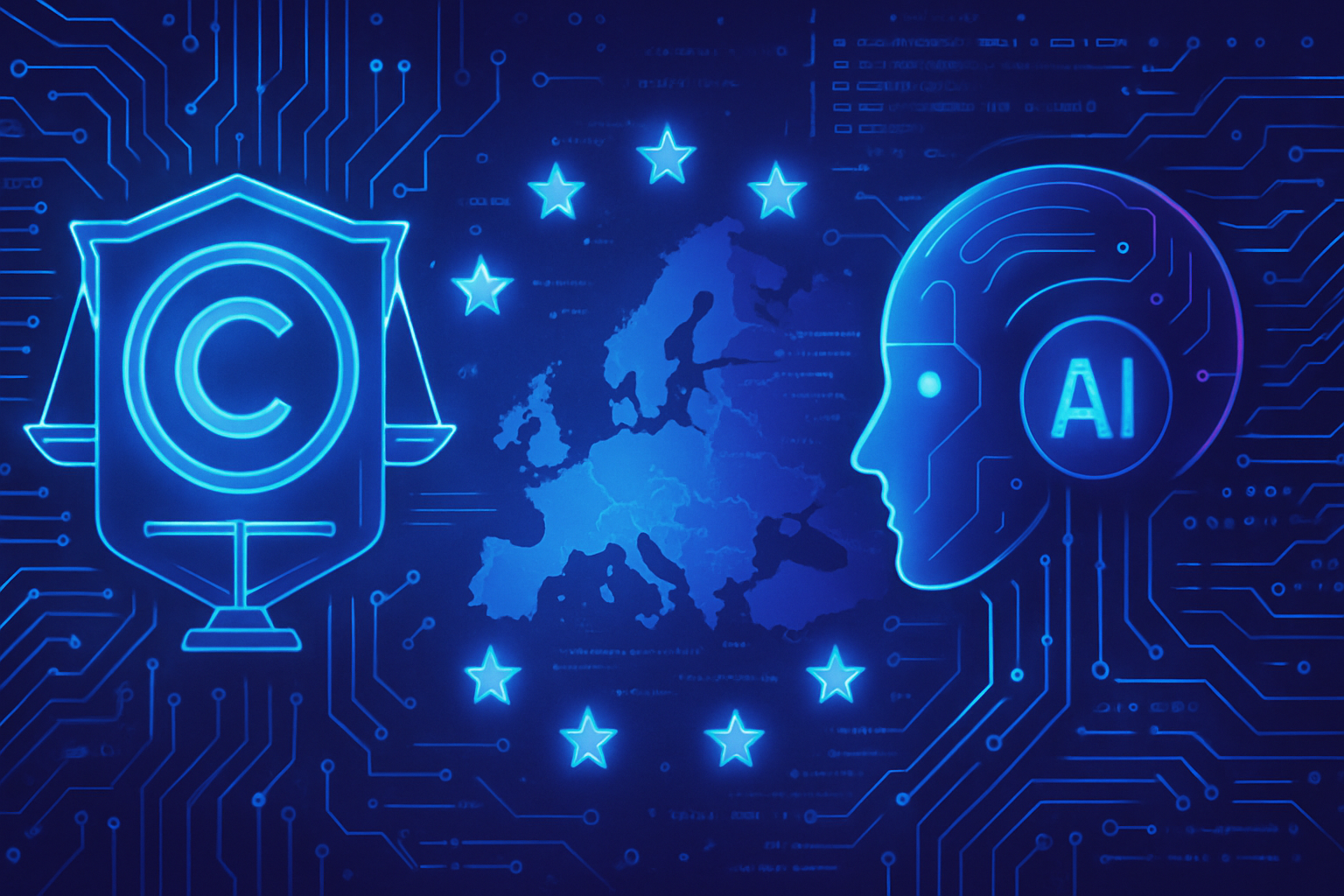Intriguing, Emmanuel Macron addresses the deepfakes about him with disarming lightness, thus foreshadowing the summit on artificial intelligence. A series of satirical videos depict him in amusing situations, revealing an unexpected facet of his humor. Far from being a simple exercise in derision, this initiative highlights the crucial issues surrounding AI regulation and human creativity. The rise of anarchic representations generated by AI questions our relationship with authenticity and image.
Emmanuel Macron and Humor in the Face of Deepfakes
Emmanuel Macron recently demonstrated an unexpected facet of his humor by reacting to the deepfakes circulating on social media about him. In a video published on February 9, he shared parody excerpts in which his image was modified using artificial intelligence. Sequences portraying him as a hair influencer or as OSS 117 particularly caught the attention.
A Humorous Message Before the Summit
This playful initiative took place on the eve of the International Summit on Artificial Intelligence, scheduled in Paris. In a light tone, Macron declared: “Well done, it made me laugh,” highlighting his ability to take a step back regarding his image. Humor thus becomes a means of raising public awareness about the issue of deepfakes and the necessity to regulate the use of AI.
Promotion of Artificial Intelligence
By mocking these parody videos, the president also emphasizes the importance of AI in our modern society. His reaction indicates a willingness to encourage dialogue about the implications of this technology, especially on the eve of an international meeting where several industry actors will be present. Among the issues discussed, the desire to preserve human creativity in the face of the rise of generative technologies will be central.
The Ethical Issues of Deepfakes
Deepfakes raise more ethical and social questions than they appear to. Their ability to manipulate reality fuels concerns about misinformation and damage to public image. Experts and analysts agree that regulation is necessary to govern a rapidly changing sector. In this context, Macron’s reaction takes on a symbolic dimension, illustrating the need to integrate laughter and self-deprecation into a serious debate.
Recovery of Digital Image
The use of parody videos aims to recover a digital image often altered by unverified content. By adopting this approach, Emmanuel Macron encourages internet users to question the veracity of the content they consume. The issue of online security also becomes relevant in this dynamic, as millions of users are exposed to various risks.
A Call for Collective Reflection
Emmanuel Macron, by sharing this humorous video, invites collective reflection on the potentials and dangers of artificial intelligence. This approach illustrates the fragile balance between technological innovation and the protection of individuals. Before the summit, his reaction echoes an urgent need to regulate the sector, a pressing current issue.
Anticipation of Complex Debates
The discussions that will emerge during the summit will inevitably be marked by the duality between technological advances and ethical concerns. This event could significantly evolve the perception of AI in France and beyond. Thus, Macron leverages deepfakes to fuel a necessary debate on the challenges of the 21st century and the future of technologies.
A Look at Digital Satire
The AI-generated parodies can also serve as arenas for expression and social critique. The head of state is skillfully aware of this, his candidacy for humor translating into a powerful tool to draw attention to fundamental issues. The reduction of barriers between reality and fiction must be discussed in depth to avoid potential deviations.
Frequently Asked Questions
Why did Emmanuel Macron react to the deepfakes about him?
Emmanuel Macron wanted to show his awareness of deepfakes and the importance of artificial intelligence while demonstrating self-deprecation to diffuse concerns related to these technologies.
What is the main message Emmanuel Macron wanted to convey with his humorous reaction?
He wanted to highlight the creativity and innovation of artificial intelligence while raising public awareness of the potential dangers of deepfakes, especially during his announcement regarding the AI summit.
How did Emmanuel Macron use deepfakes in his communication?
The President integrated parody videos in which he appears in various roles, such as OSS 117 or hair influencer, into a humorous video to promote the Paris summit on AI.
What impact could this humorous approach have on the perception of deepfakes?
By adopting a humorous approach, Emmanuel Macron hopes to reduce the stigma surrounding deepfakes while encouraging discussions on the regulation and ethics of AI.
What concerns does the growing use of deepfakes raise, according to Emmanuel Macron?
Emmanuel Macron points out that deepfakes can spread misinformation and undermine public trust if no appropriate regulation is put in place.
When Emmanuel Macron talks about deepfakes, is he referring to specific cases?
Although he did not mention specific cases, he refers to various deepfakes circulating online and the concerns they raise for society and democracy.
How did Emmanuel Macron share his humorous video about deepfakes?
He published this video on his social media accounts, thus engaging a wide audience and provoking diverse reactions among internet users.
What role does artificial intelligence play in the creation of deepfakes?
Artificial intelligence enables the creation of deepfakes by using advanced algorithms to manipulate and imitate faces, voices, and expressions, making the distinction between fake and real increasingly difficult.
What are the next steps for Emmanuel Macron regarding AI after his remarks on deepfakes?
The next steps include holding an international summit on AI in Paris, where issues of regulation, ethics, and ways to preserve human creativity in the face of technological advances will be addressed.





